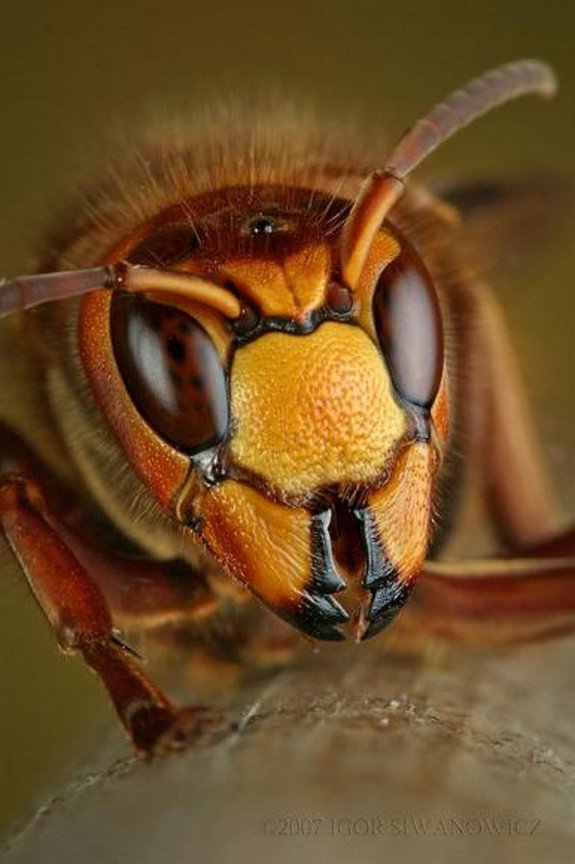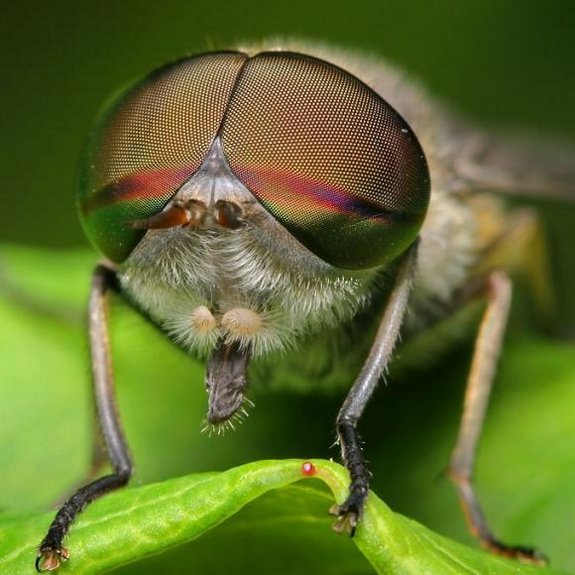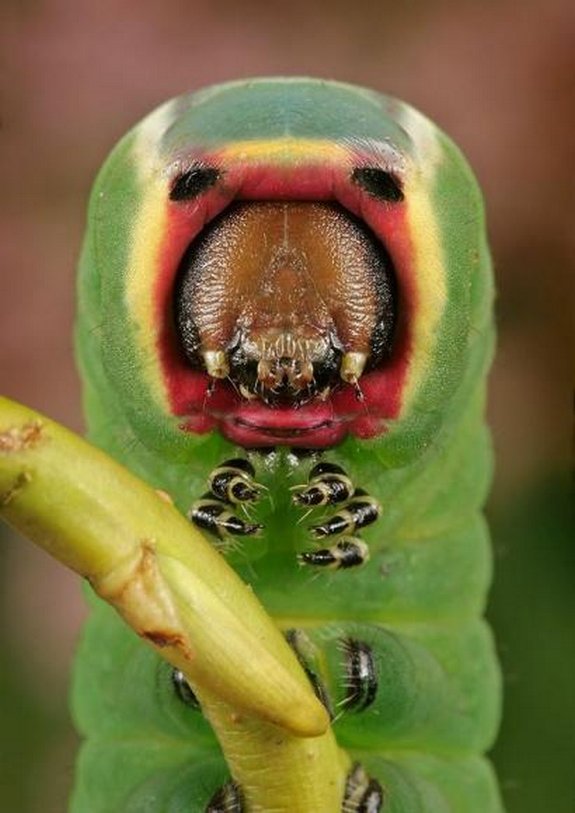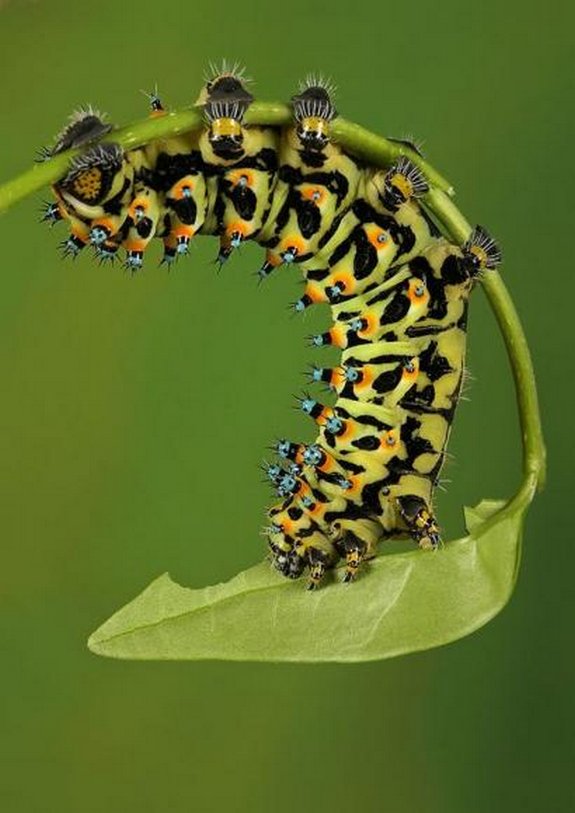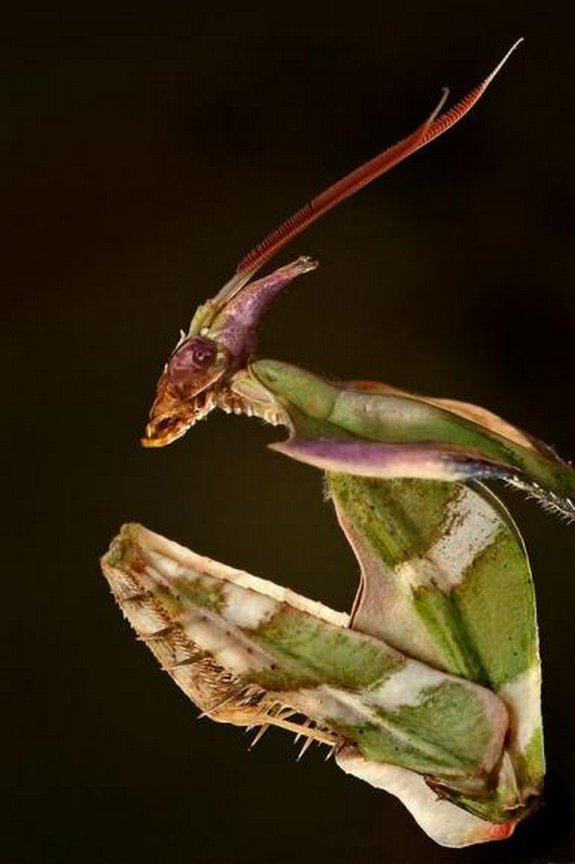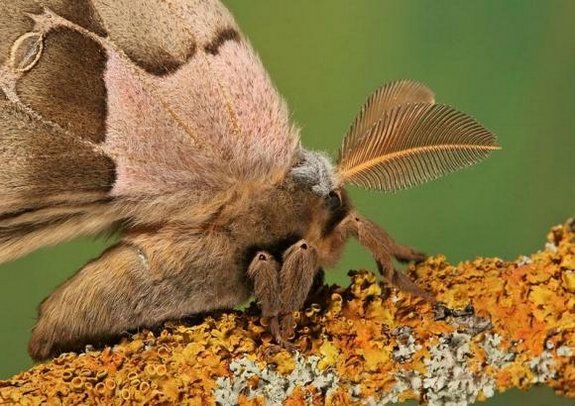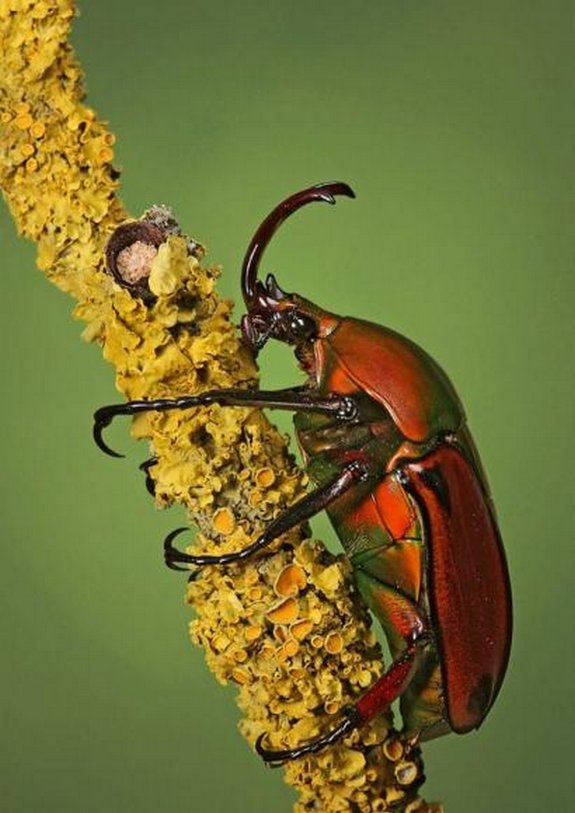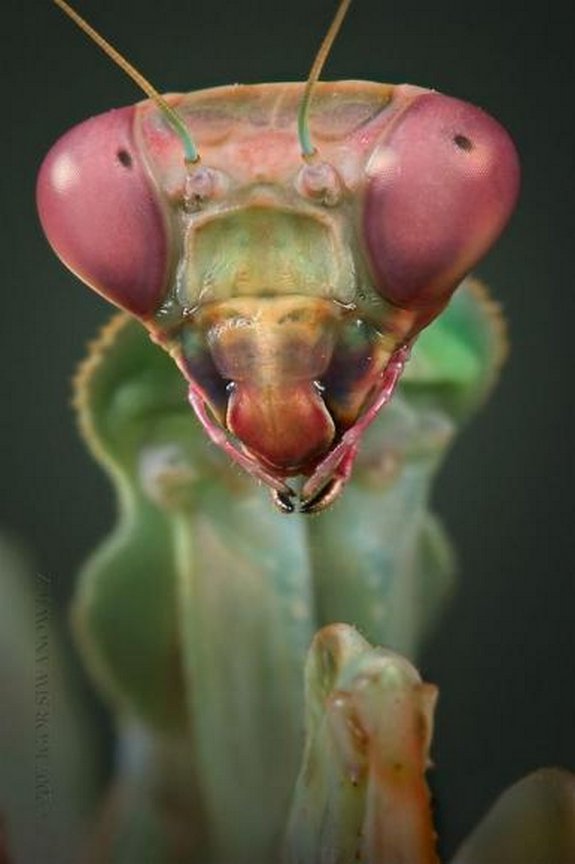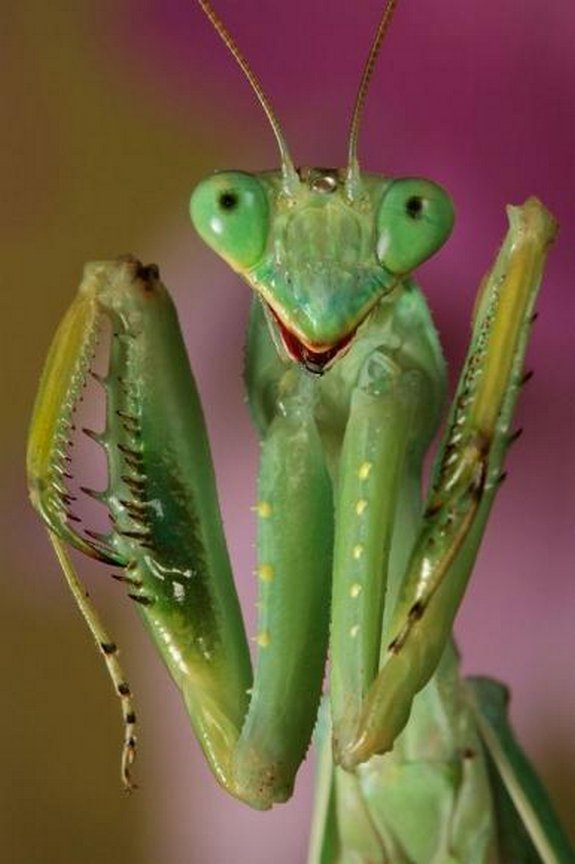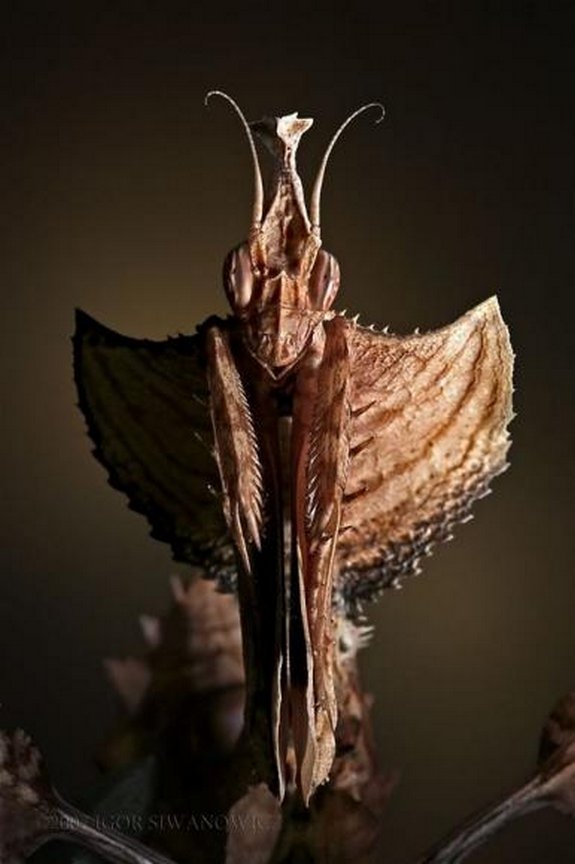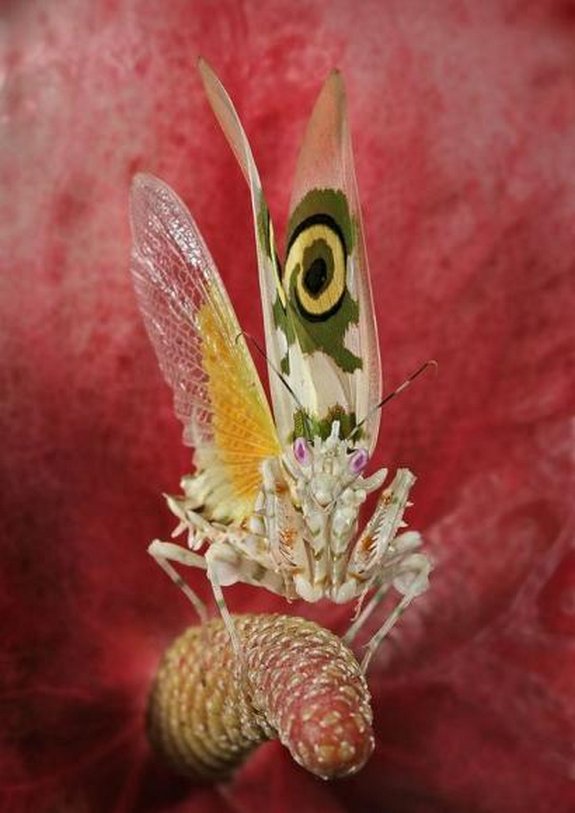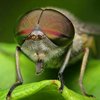KAJICHO KIVULI
JF-Expert Member
- Jul 30, 2013
- 2,061
- 545
[h=2]Wasp[/h] Wasps are critically important in natural bio-control. Almost every pest insect species has a wasp species that is a predator or parasite upon it. Parasitic wasps are also increasingly used in agricultural pest control as they have little impact on crops. Wasps also constitute an important part of the food chain.

